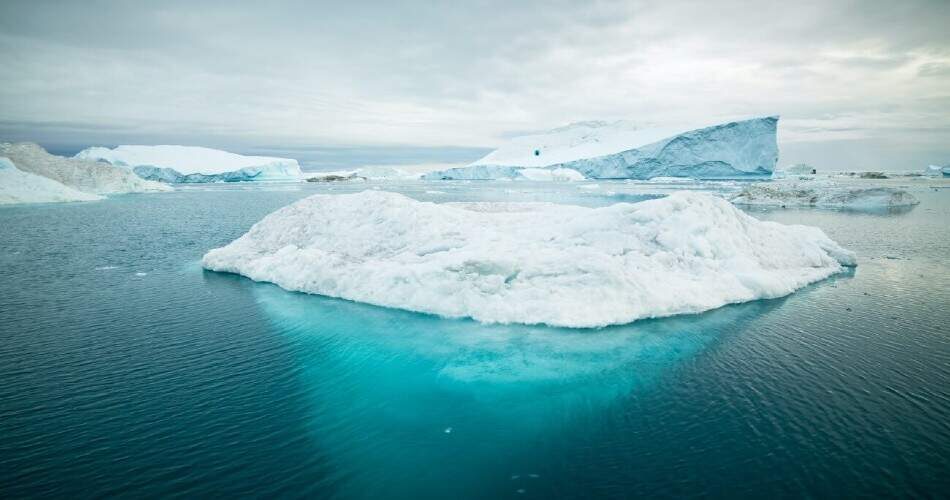Estimated reading time: 1 minute
The largest iceberg in the world is about to enter the ocean.
When the iceberg, called the A68, first came off the Larsen C Ice Shelf in July 2017, it had an area of over 6,000 square kilometers and barely moved for a year. However, the winds and currents began to push it north along the east coast of the Antarctic Peninsula, and this summer, the deviation has accelerated rapidly.
Despite its impressive size, the A68 is very thin. Glaciologist Adrian Luckman said he was amazed that something so thin and fragile had lasted so long on the open sea.
A new recording made on April 23 by the European Space Agency’s Sentinel-1 satellite shows that an enormous piece of ice measuring 175 square kilometers detached from the iceberg as it moved north from the Antarctic Peninsula. Scientists say the A68 will have difficulty maintaining its integrity when it reaches the harsher waters of the Southern Ocean.
The fissure could be the beginning of the end for this iceberg.
If you want to find out about the melting of the Thwaites glacier, check out our article on this topic: Climate change: The rapid melting of the Thwaites glacier.
[Photo from Unsplash]
